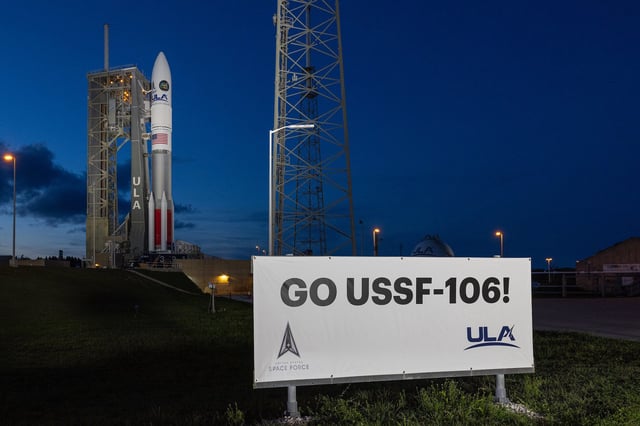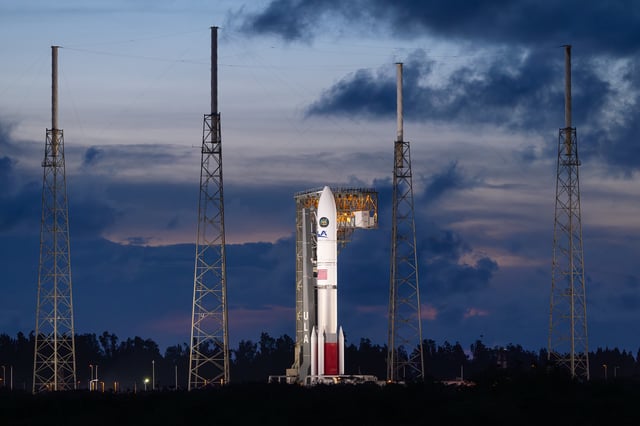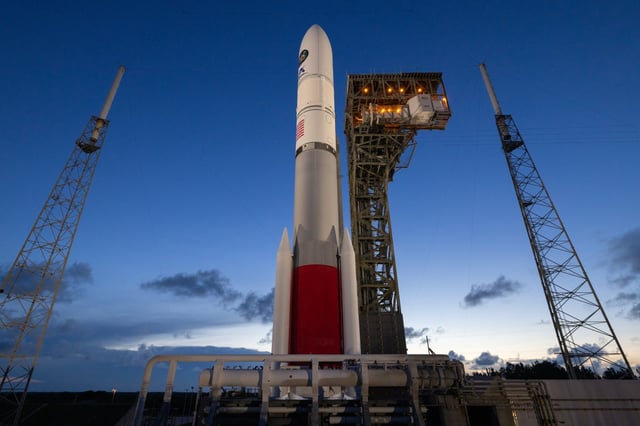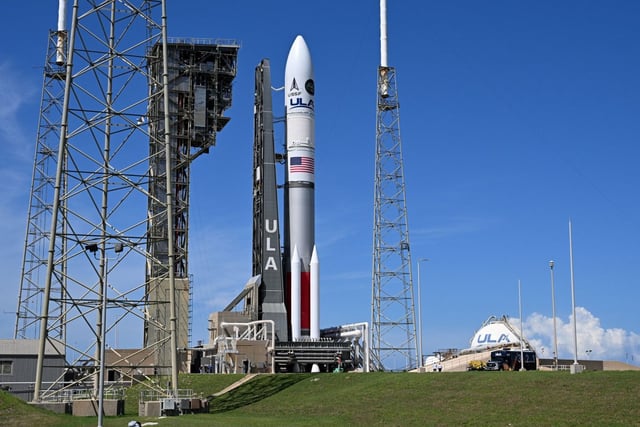Overview
- On August 12, ULA’s Vulcan Centaur launched USSF-106, marking its first National Security Space Launch mission for the U.S. Space Force following March certification.
- The mission delivered the Air Force Research Laboratory’s Navigation Technology Satellite-3 to geosynchronous injection, initiating roughly 100 position, navigation and timing experiments over the next year.
- Space Force officials acknowledged at least one additional classified payload onboard, though further details remain undisclosed.
- Flying in its most powerful VC4S configuration with four solid rocket boosters and two BE-4 engines, Vulcan achieved direct geosynchronous injection—a capability tailored for operational national security launches.
- With USSF-106 complete, ULA prepares to clear its 25-launch NSSL Phase 2 backlog and ramp Vulcan launch cadence alongside SpaceX to sustain assured access to space.



